The U.S. has been on an unsustainable fiscal and financial path for a long time. We are beginning to see the inevitable result.
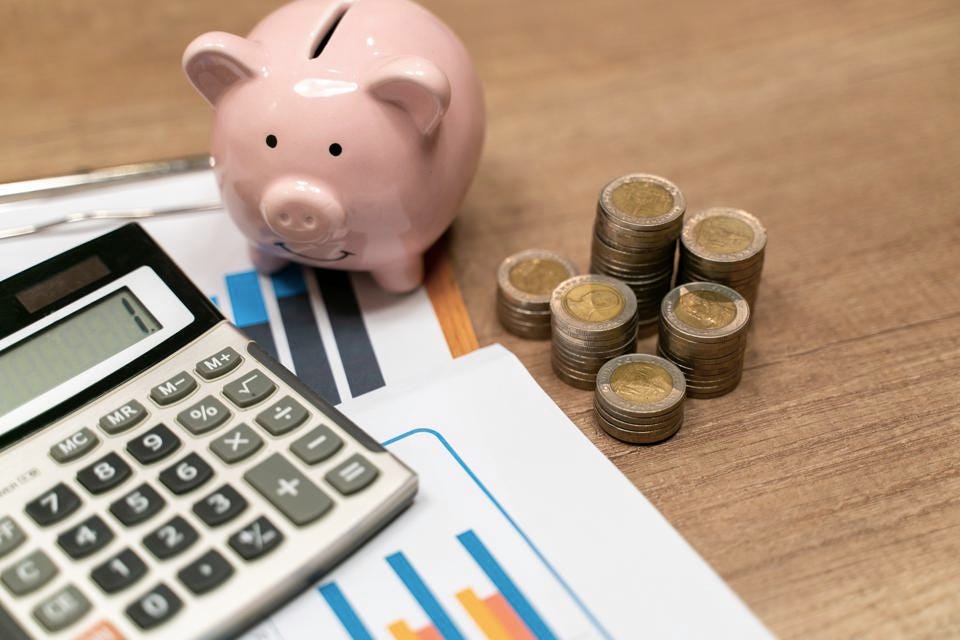
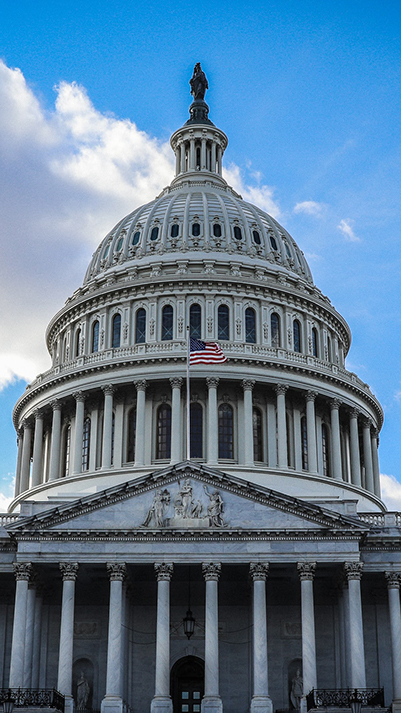

The U.S. has been on an unsustainable fiscal and financial path for a long time. We are beginning to see the inevitable result.

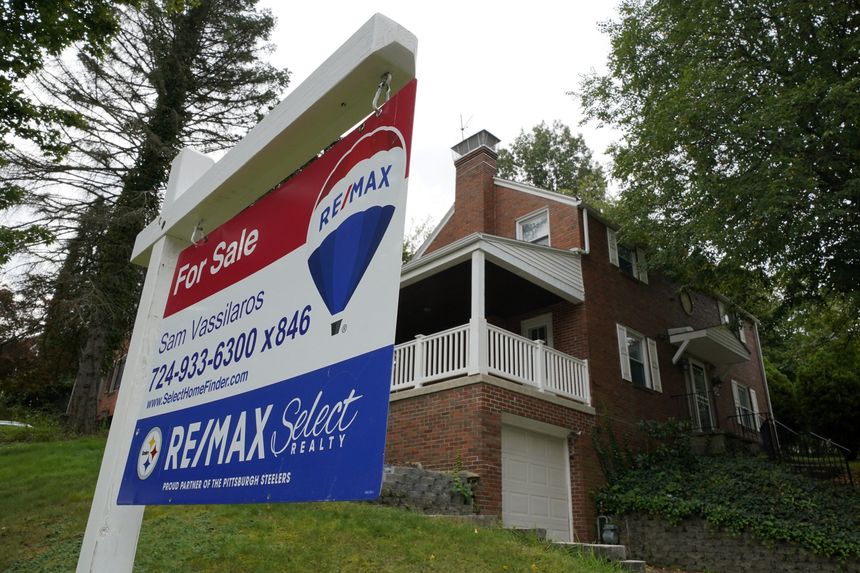
Buy now. Houses, like most physical assets, retain their real value during high inflation and have done far better than most such assets. Plus, if you buy a primary residence now and home prices fall, you won’t be affected unless you need to sell. As long as you have a stable job, can manage your mortgage, and don’t need to move anytime soon, a short-term drop in housing prices isn’t a concern.
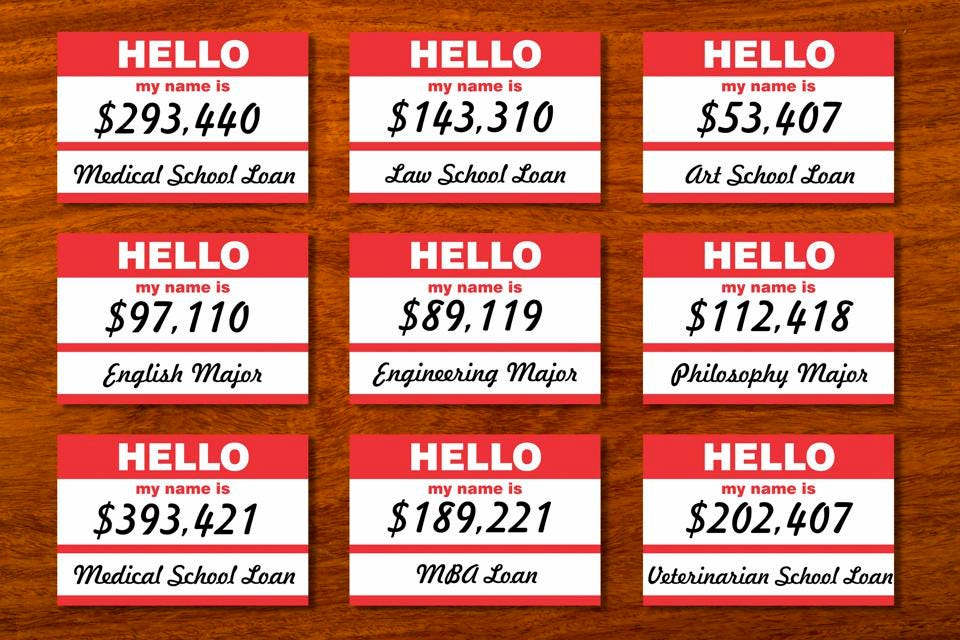

Inflation has been driven by an explosion of federal spending, which rose to 40% of GDP. Spending surged as the pandemic shutdown reduced employment and production during that period by an average of 7%. In this textbook case of inflation, $1.20 of income began chasing 93 cents of goods and services – a process greased by expansive monetary policy. That mismatch sent inflation to a 40-year high.
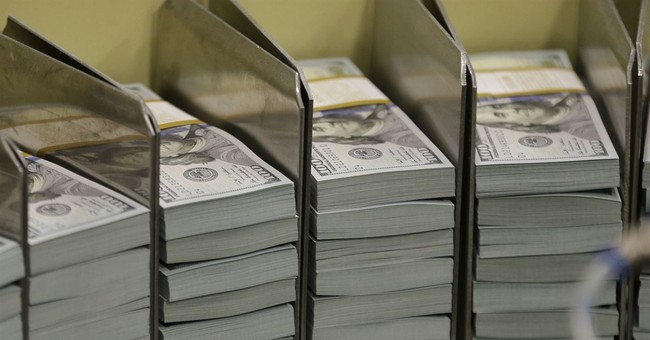
Spending Plan, The $3.5 Trillion Mistake!
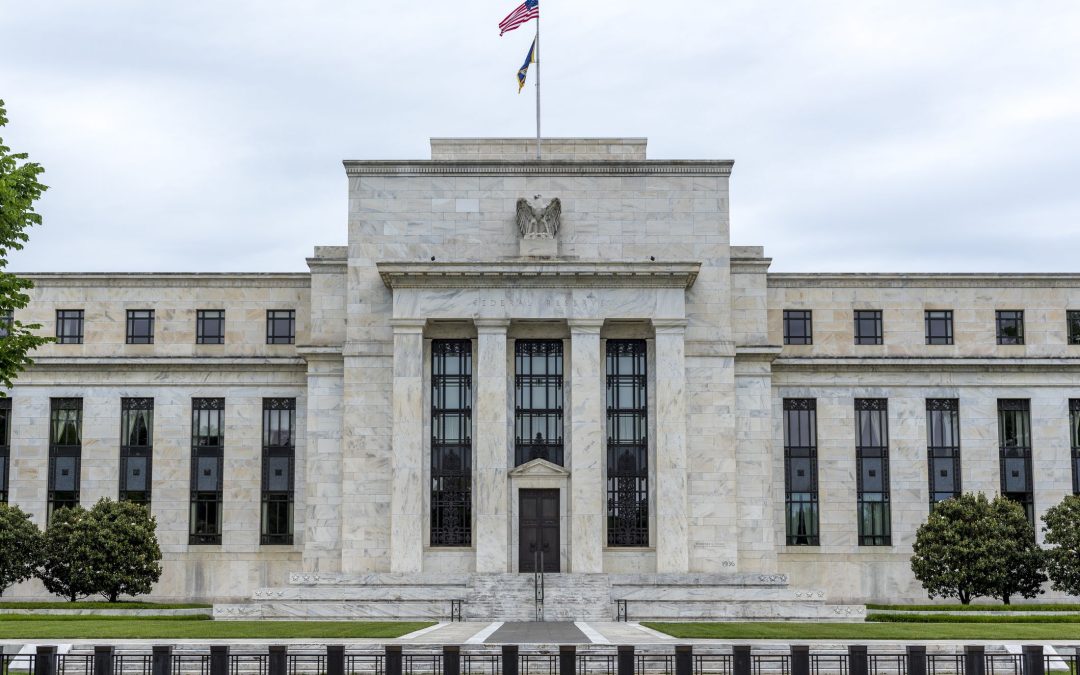
The Federal Reserve System is paying banks not to lend money under an Obama era policy.
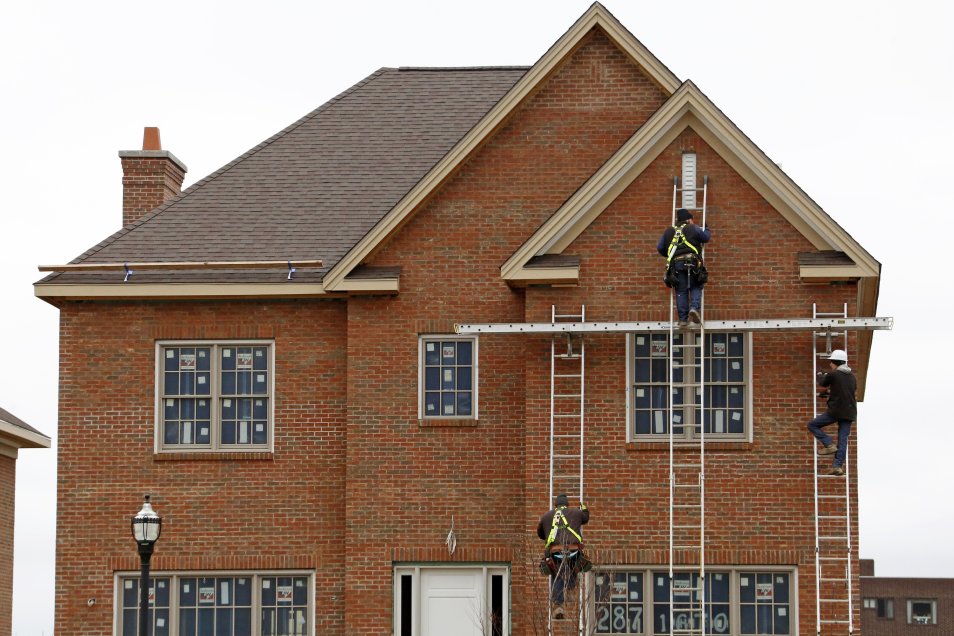
That compares to the World War II era, when the Federal Reserve purchased only 10% of the government’s debt. Once a powerful recovery is under way, The Fed will have to begin unloading $3.4 trillion in Treasury bonds and mortgage-backed securities.
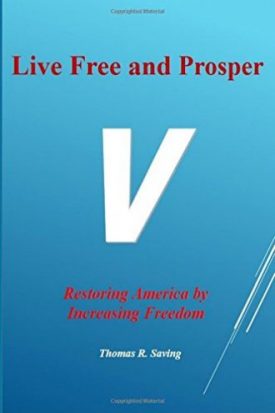
Most discussions of income inequality implicitly assume that individual preferences have virtually no effect on the outcome. In fact, differences in preferences may be the most important determinant of the distribution of income.

One of the most intriguing movies I’ve seen in a long time is The Big Short. It’s about the housing bubble and what we now call the Great Recession, based on Michael Lewis’s bestselling book “The Big Short: Inside the Doomsday Machine.”